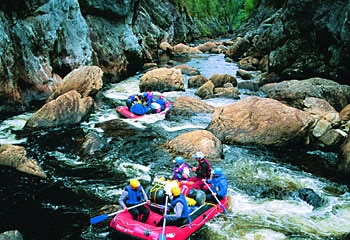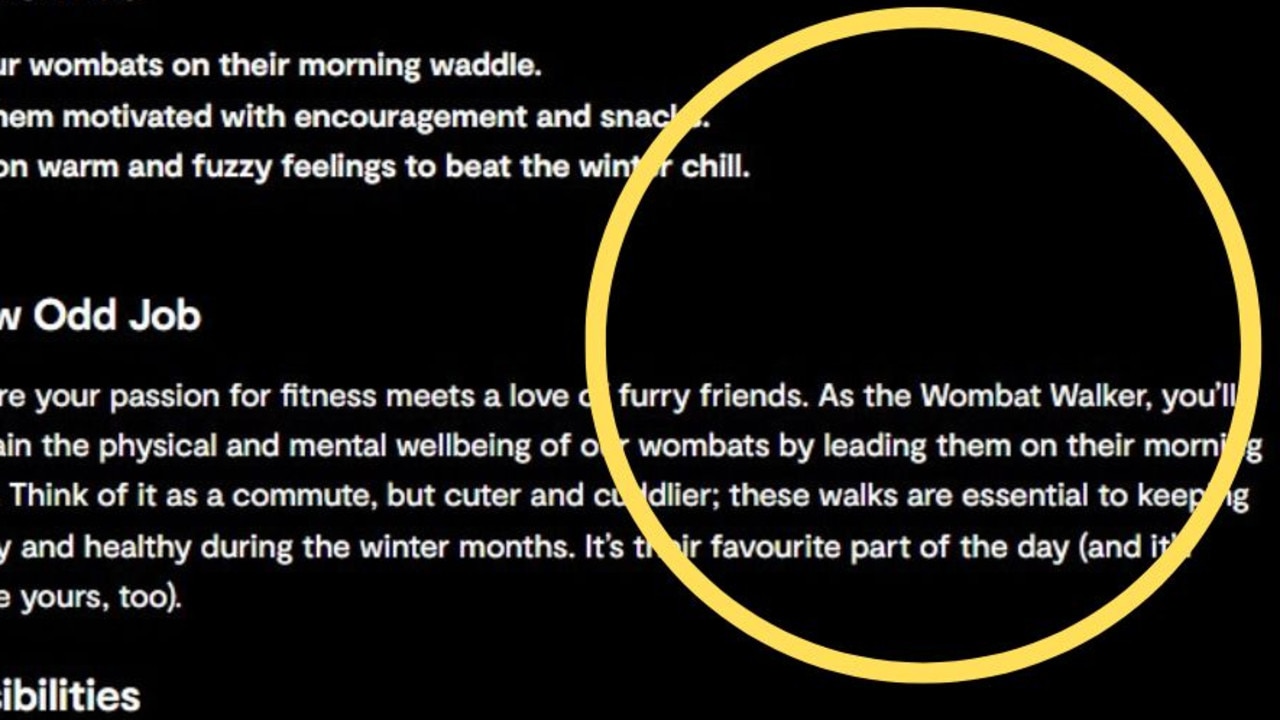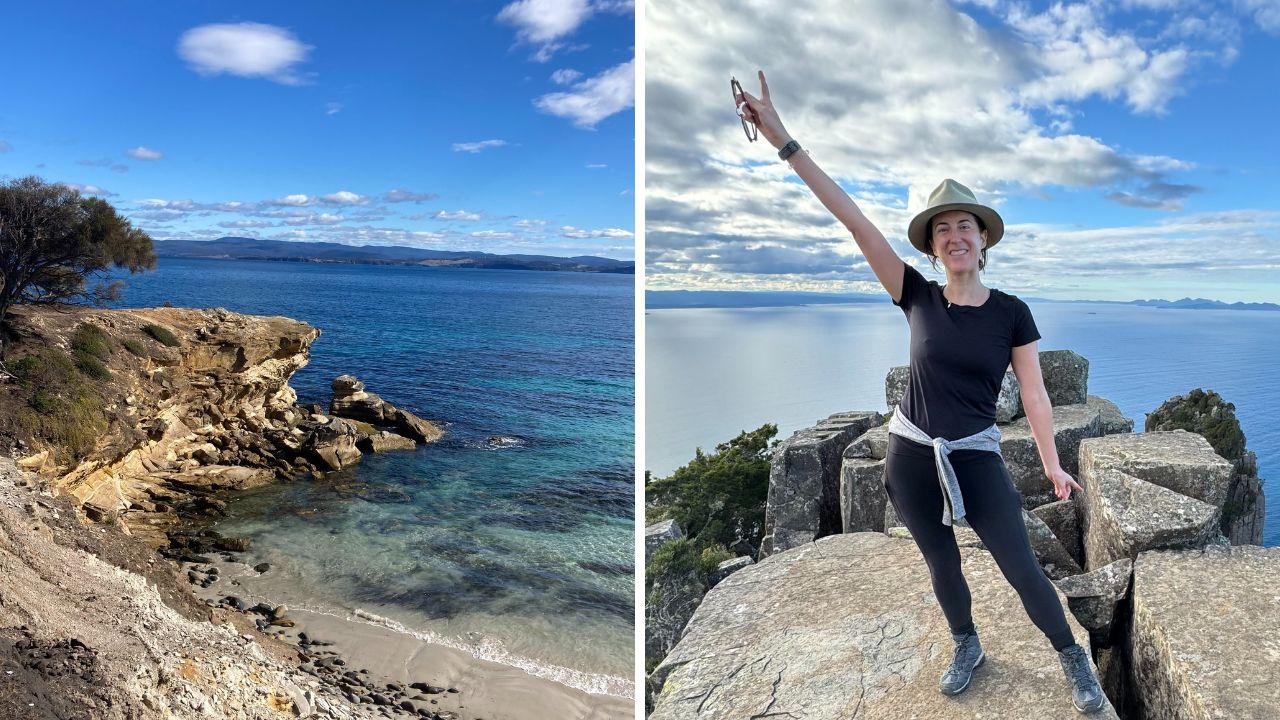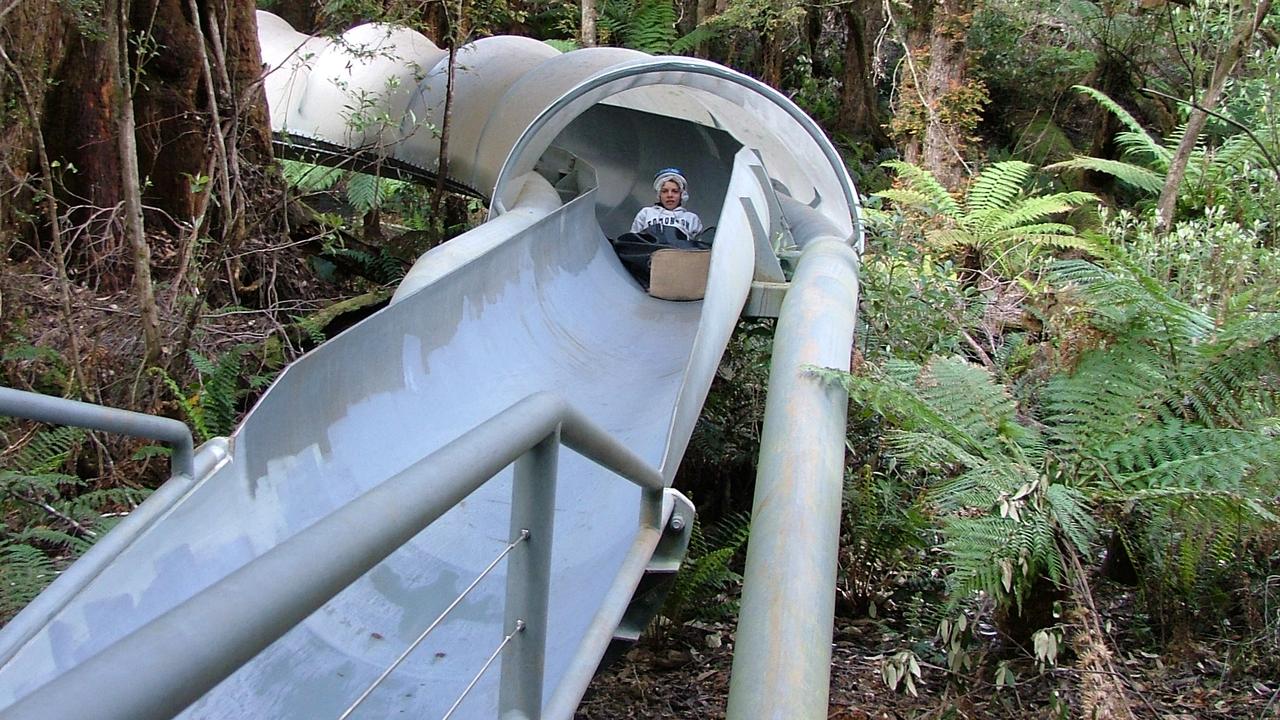Lessons on navigating life
A TRIP down Tasmania's famous wild river is gruelling but unbeatable, writes happy rafter Carl Roe after riding a whitewater rollercoaster.

THE Franklin River is the colour of strong tea. I know this because I've seen it from beneath.
One minute our band of happy rafters was riding a whitewater rollercoaster, the next we were scattered like tea leaves in a swirling pot of icy Earl Grey.
At the pre-departure safety talk our guides cautioned: "If the raft flips, whatever you do don't let go." Too late for that now.
It wouldn't be a trip down the Franklin without some drama. Its waters are as turbulent as its past, claiming as many lives as political scalps.
Unless you are a skilled whitewater paddler the only way to experience the river is to join a tour, though don't expect a tour in the traditional sense.
A successful descent of the Franklin is never a given and our group of eight recruits quickly discovered we would have to work for our dinner.
The river is strewn with obstacles. A recirculating hydraulic sucks in water like a black hole. It can eat a raft for breakfast and is capable of sucking your shoes, shorts and underwear clean off, as more than one accidental swimmer can attest. Logjams and rock sieves also have consequences that don't bear thinking about.
Avoiding these obstacles is easy –paddle like your life depends on it and follow the guide's commands like you would a drill sergeant's: Forward paddle hard. Back on the right. Hang on! On the job. Over left. Back paddle.
Numerous rapids are so dangerous they require portaging and this is where the term "active holiday" takes on new meaning.
Dragging rafts loaded with hundreds of kilograms of gear inch by inch through a minefield of slippery boulders is one way around these rapids.
The alternative is unloading the rafts and hauling waterproof barrels and drybags along a steep portage track that would challenge the most sure-footed mountain goat. Either is enough to make a chiropractor cringe.
However, not all portages are a drag.
Surpassing the worst of the Cauldron rapid –a nasty piece of aquatic mayhem and the final obstacle in the Great Ravine –sees crews complete an adrenalin-pumping manoeuvre called the wild thing: the raft is lowered into a slot between a boulder and the canyon wall, everyone jumps in, a slipknot is pulled and the raft slingshots down a narrow, churning side chute, half-full of water and virtually out of control.
The fun doesn't stop when the rafts drift in to camp either. Guests sleep on the ground, dine at what is often a mouldy log and go to the toilet in an old military ammunitions box that can explode if left in the sun.
Experiences such as these make rafting the Franklin one of Australia's great adventures.
These experiences cannot be bought (Mother Nature does not accept credit cards), only earned through a willingness to embrace new situations.
Trip leader Theo Scholmann, the veteran of about 20 Franklin descents, believes a river journey is the perfect metaphor for life.
"Like life, the river is always flowing. There are dangers to avoid, you have highs and lows, and you learn to balance going with the flow with choosing your own way."
And as in life there are two sides to every story.
The Franklin is more than just an action-packed holiday. The raging yin of rapids like Thunder Rush, Nasty Notch and the Churn is balanced by the peaceful yang of stretches such as Serenity Sound, Transcendence Reach and The Irenabyss.
Impenetrable forests cloak the river's V-shaped landscape, leaving only a meandering ribbon of sky visible. Numerous gorges and ravines prevent invasion from the outside world as surely as the thousand-year-old huon pines along its banks resist rot.
There are no farms in the river's catchment and no civilisation along its banks.
Attempting to escape the river only heightens this feeling of isolation, as many parties, including ours, have discovered when attempting to climb nearby Frenchmans Cap, a 1440m high quartzite dome. Rain turned to sleet and then to snow and forced us to retreat or risk becoming lost in the wintry landscape. It was literally a white Christmas with cold feet rather than gifts in our stockings.
As the days roll by it becomes impossible to ignore the river's raw beauty, to disregard the melody of its flow, the freshness of the breeze caressing its banks.
The experience sometimes borders on spiritual.
Reaching Rock Island Bend is always a cause for reflection. The image of this rocky outcrop, immortalised over a million times in a Peter Dombrovskis print, helped galvanise support for protecting the river and can take some of the credit for changing the face of Australian politics.
Two rest days were spent just downstream, camping beneath a cavernous overhang beside Newland Cascades, the longest runnable rapid on the river.
Our group basked on warm rocks like lizards and caught up on some reading. Keen card players gathered around a flat rock and wagered sleeping in against an icy swim in the river at dawn.
New Year's Eve came and went beneath towering walls that danced with candle-lit shadows and echoed with laughter until late, which, for us, was 10pm.
Our guides produced yet another five-star meal in pots that teetered atop two tiny camp stoves. Vegetarian coconut curry was on the menu, with champagne and sparklers to see in the New Year.
By the time paddlers join the Gordon River on the final day they have literally become the Franklin, having consumed its pristine water for long enough to replace their body's supply.
But perhaps the greatest gift the river bestows on all who run her length is a complete escape from the modern world, time away from polyphonic ring tones, news updates and junk mail.
You are unlikely to enjoy a better night's sleep anywhere.
The writer was a guest of World Expeditions and Tourism Tasmania.
Sunday Tasmanian



